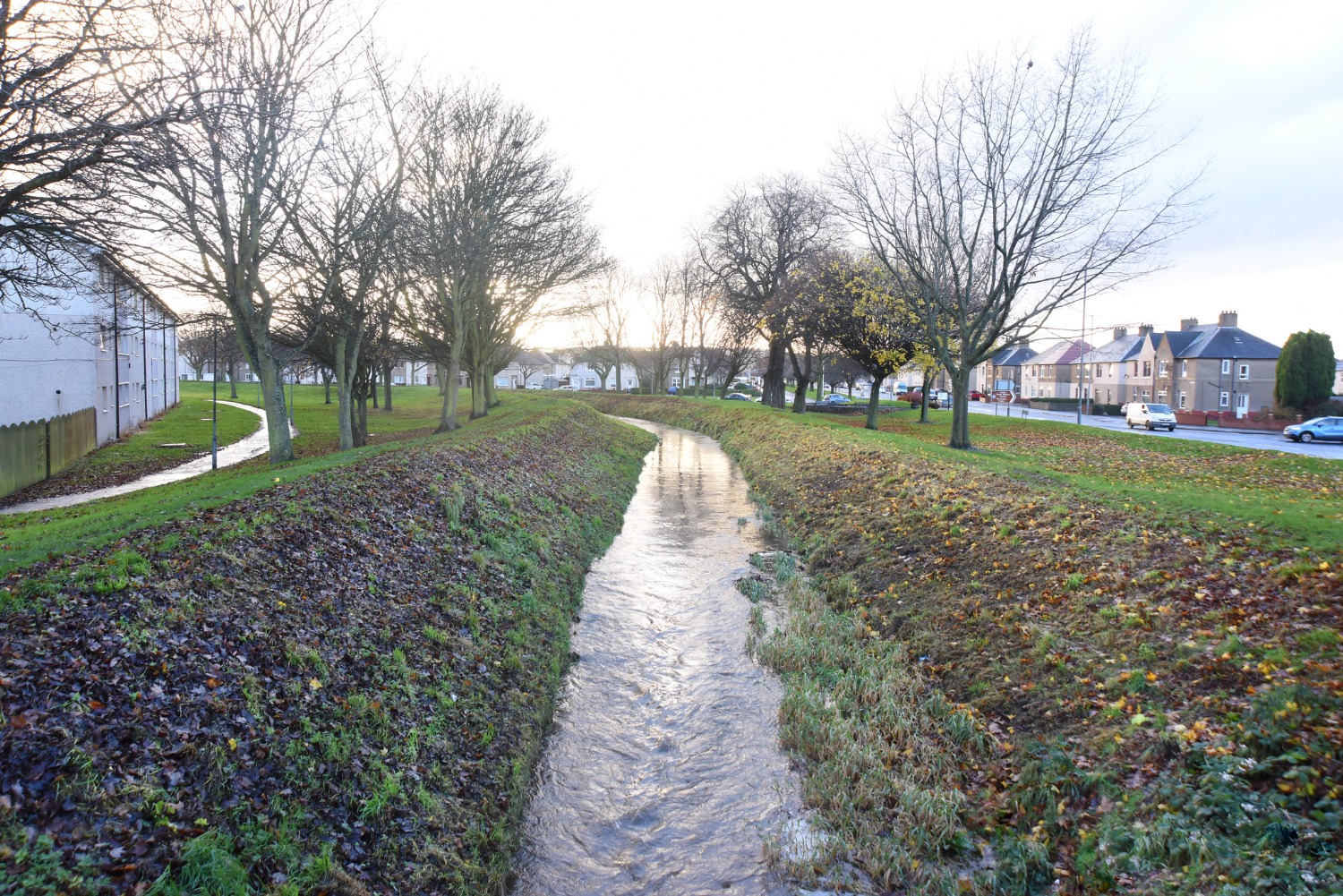
AN update report on the proposed Grangemouth flood report scheme is to be presented to Falkirk councillors next month.
The report will set out the next stages in delivering what would be the largest flood project in Scotland.
The first phase of construction earmarked to start in 2028 and take around three years to complete – at an estimated cost of £92.5 million. The overall scheme would then continue in further stages as funding allows.
To date, around £23 million has been spent developing the project, mostly funded by the Scottish Government. Falkirk Council’s contribution so far has been around £1 million. This has covered environmental studies, ground investigations, design work and extensive consultation with residents and industry.
The scheme is designed to protect around 2,760 homes and 1,200 businesses in Grangemouth and surrounding communities from flooding caused by rivers and the sea. It will also protect critical national infrastructure such as the Port of Grangemouth, major roads, energy facilities, and industrial sites that support thousands of jobs and contribute significantly to Scotland’s economy.
A joint taskforce, chaired by the Scottish Government and Falkirk Council, has reviewed how the project could be delivered in phases that are both affordable and effective. It recommends starting with the River Carron corridor, where new defences can be built in self-contained sections to reduce flood risk to hundreds of homes and small businesses.
Paul Kettrick, head of investment, assets, and climate at Falkirk Council, said, “This project is designed to protect homes, businesses and infrastructure from future flood risk. By progressing the next stage of detailed design work now, we can keep momentum, manage costs, and be ready to move quickly once statutory approvals and funding are in place.
“If approved, the taskforce’s phased approach gives us a realistic and affordable route to start delivering improved flood resilience for local communities while continuing to work with the Scottish Government on longer-term investment.”











